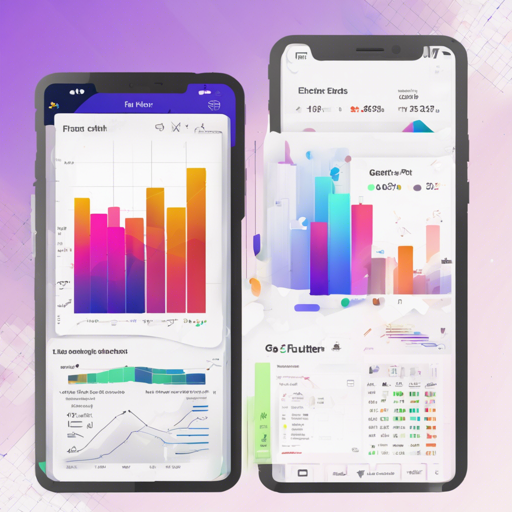If you’re a Flutter developer looking to implement stunning and responsive charts in your application, the fcharts library is your go-to solution! Despite being in the early stages of development, it offers an intuitive API that lets you create impressive visual data representations effortlessly. In this guide, we’ll walk you through the steps to get started with fcharts, along with troubleshooting tips to address any hiccups you may encounter.
Getting Started with FCharts
Before you dive into coding, ensure you have Flutter installed on your device. Once set up, follow these steps to integrate fcharts into your Flutter project:
- Open your Flutter project in your preferred IDE.
- Add fcharts to your dependencies in the
pubspec.yamlfile:
dependencies:
fcharts: ^0.1.0flutter pub get to install the package.Example Usage
Let’s create a simple line chart using fcharts. Below is a sample code to get you started:
dart
class SimpleLineChart extends StatelessWidget {
// Sample data with X and Y values
static const myData = [
['A', 3],
['B', 5],
['C', 2],
['D', 9],
['E', 7],
['F', 4],
['G', 6],
];
@override
Widget build(BuildContext context) {
return new LineChart(
lines: [
new LineList(
data: myData,
xFn: (datum) => datum[0],
yFn: (datum) => datum[1],
),
],
chartPadding: new EdgeInsets.fromLTRB(30.0, 10.0, 10.0, 30.0),
);
}
} This code sets up a simple line chart. You can think of it like a painter creating a beautiful landscape on a canvas, where:
- The
LineChartis your canvas. - The
myDatarepresents the colors and brushes that will form the landscape. - The
xFnandyFnfunctions are like the artist’s hand guiding the brush to specific spots, depicting where the values fall on the canvas. - The
chartPaddingensures that your artwork has the right spacing, making it visually appealing.
Visual Output
Once you run your code, you should see an elegant line chart like this:

Troubleshooting Common Issues
While using fcharts, you might run into a few bumps on the road. Here are some troubleshooting ideas:
- Make sure your dependencies are up-to-date. If you experience issues, run
flutter pub getagain. - If the charts do not display correctly, check your data format and ensure it follows the structure shown in the example.
- If the library crashes or does not respond, validate that you are using the correct version as this library is still work-in-progress and can lead to instability.
For more insights, updates, or to collaborate on AI development projects, stay connected with fxis.ai.
Conclusion
With the fcharts library, creating beautiful, responsive charts becomes a delightful experience. It might be a work-in-progress at the moment, but the potential it holds is tremendous.
At fxis.ai, we believe that such advancements are crucial for the future of AI, as they enable more comprehensive and effective solutions. Our team is continually exploring new methodologies to push the envelope in artificial intelligence, ensuring that our clients benefit from the latest technological innovations.

